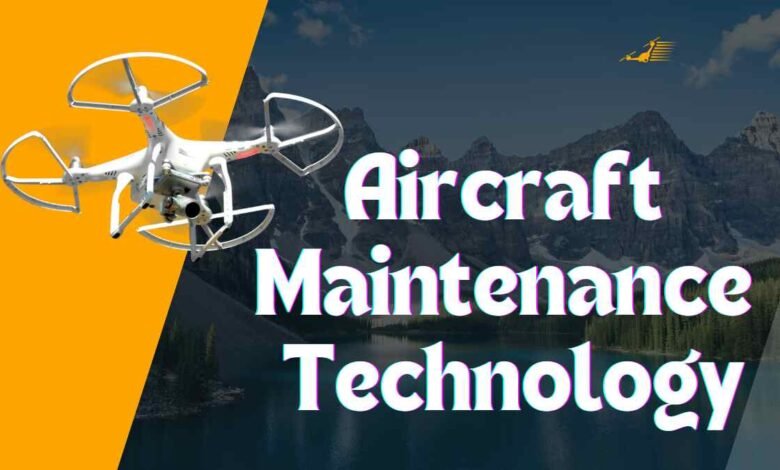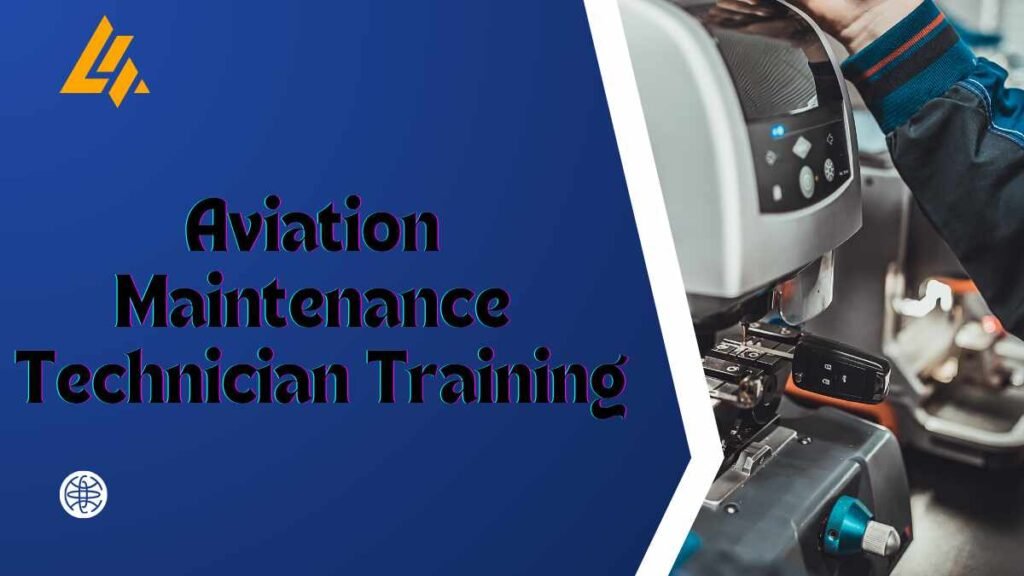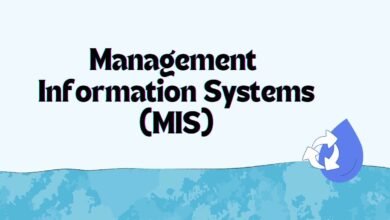Aircraft Maintenance Technology: How to Become an Expert

Aircraft maintenance technology plays a crucial role in ensuring the safety, efficiency, and reliability of aircraft operations worldwide. Whether it’s a small single-engine plane or a commercial airliner, regular maintenance, inspections, and repairs are essential to keep aircraft in optimal condition. In this article, we’ll explore the various aspects of including training, certifications, and the vital role of aviation maintenance technicians.
The Importance of Aircraft Maintenance
Aircraft are highly complex machines that operate under extreme conditions. To ensure safe flights, it is vital to keep every component in perfect working order. This is where comes in, offering specialized tools, techniques, and processes to manage and maintain aircraft.
Ensuring Safety in the Sky
One of the most significant reasons for regular aircraft maintenance is safety. Aircraft endure tremendous stress during flight—weather elements, pressure changes, and mechanical vibrations can wear down parts over time. Scheduled maintenance ensures that any wear and tear are addressed before they become serious problems, reducing the risk of accidents.
Regulatory Compliance
In the aviation industry, there are strict regulations governing maintenance schedules, inspections, and repairs. This includes guidelines set forth by aviation authorities like the Federal Aviation Administration (FAA) in the United States. Aircraft maintenance technology ensures compliance with these regulations, keeping both the airlines and the aircraft in line with legal requirements.
Aviation Maintenance Technician Training

Becoming an aviation maintenance technician requires rigorous training. Aircraft maintenance technicians, also known as A&P (Airframe and Powerplant) mechanics, must possess a high level of technical expertise to ensure aircraft are safe to fly.
Must Visit: Twist Tale
Hands-On Training Programs
Aviation maintenance training programs focus on providing practical, hands-on experience in aircraft maintenance, repair, and troubleshooting. These programs teach future technicians how to inspect, repair, and overhaul aircraft components, including engines, landing gear, electrical systems, and more.
Role of FAA-Approved Maintenance Programs
To ensure quality education and standardized training, most aviation maintenance schools follow FAA-approved maintenance programs. These programs are designed to meet the stringent safety and technical standards required for maintaining and repairing aircraft. Completing an FAA-approved program is a crucial step for anyone aspiring to become a certified aircraft mechanic.
Aircraft Mechanic Certification
Their job is to ensure aircraft meet operational standards before every flight. To perform these duties, mechanics need proper certification, most commonly the Airframe and Powerplant (A&P) certification.
What is Airframe and Powerplant (A&P) Certification?
The A&P certification is the gold standard in aircraft mechanic credentials. It is issued by the FAA and allows mechanics to work on both the airframe (the structural components of an aircraft) and the powerplant (the engine and related systems). To earn this certification, candidates must undergo rigorous training and pass written, oral, and practical exams.
Requirements for A&P Certification
The FAA sets specific requirements for A&P certification. Candidates need a minimum of 18 months of experience working on either airframe or powerplant systems, or 30 months of combined experience for both. Alternatively, they can complete an FAA-approved aviation maintenance technician school program, which can substitute for work experience.
Aeronautical Engineering Technology and Its Impact
Aeronautical engineering technology plays a pivotal role in aircraft maintenance. Engineers work hand-in-hand with maintenance technicians to design, evaluate, and improve aircraft systems.
The Role of Aeronautical Engineers in Maintenance
While maintenance technicians focus on routine repairs and inspections, aeronautical engineers tackle the bigger picture. They design more efficient systems, find ways to improve fuel efficiency, and work on reducing the environmental impact of aviation. Their innovations directly influence the tools and methods.
Advancements in Maintenance Tools and Techniques
Aeronautical engineering technology has introduced several advancements in the field of . From non-destructive testing methods to advanced diagnostic tools, these innovations help mechanics identify potential issues with greater accuracy and fix them more efficiently.
The Future of Aircraft Maintenance Technology
As technology continues to evolve, so does the field of aircraft maintenance. Several emerging trends are shaping the future of , promising greater efficiency and safety in the aviation industry.
The Rise of Predictive Maintenance

One of the most exciting advancements is predictive maintenance. By using advanced data analytics, artificial intelligence, and machine learning, mechanics can now predict when a part is likely to fail before it does. This technology is transforming how maintenance schedules are managed, allowing airlines to prevent issues before they even occur, thus minimizing downtime.
Automation and Robotics in Maintenance
Automation is another key trend. Robotic systems are increasingly being used to perform routine inspections and maintenance tasks. These robots can inspect hard-to-reach areas, reducing the time and effort required for certain types of inspections. Automation not only speeds up the maintenance process but also enhances accuracy.
Challenges in Aircraft Maintenance Technology
Despite technological advancements, there are several challenges facing the aircraft maintenance industry.
Skill Shortages
One of the biggest challenges is the shortage of skilled technicians. As the demand for air travel grows, so does the need for qualified maintenance personnel. However, the training programs can be rigorous, and not enough new technicians are entering the workforce to replace those retiring.
Cost Management
Another challenge is the cost associated with maintaining aircraft. Advanced technologies and materials are more expensive to maintain and repair. Airlines must find ways to balance the need for cutting-edge maintenance with cost-effective solutions.
Conclusion
Aircraft maintenance technology is a rapidly evolving field, playing a critical role in ensuring the safety and efficiency of global aviation operations. From the rigorous training of aviation maintenance technicians to the advanced tools and techniques developed by aeronautical engineers, every aspect of this industry works toward one common goal: keeping the skies safe. As new technologies like predictive maintenance and automation continue to emerge, the future of aircraft maintenance looks bright. However, addressing challenges like skill shortages and cost management will be key to sustaining the industry’s growth.
FAQs
What is the job of a flying support professional?
An aviation maintenance technician is responsible for inspecting, repairing, and maintaining aircraft to ensure they meet safety standards and are airworthy.
How do I become a certified aircraft mechanic?
To become a certified aircraft mechanic, you must either complete an FAA-approved aviation maintenance technician program or gain the required work experience and pass the necessary exams to earn your A&P certification.
What is predictive maintenance in aviation?
Predictive maintenance involves using data analytics and artificial intelligence to predict when aircraft parts are likely to fail, allowing maintenance teams to address issues before they occur.
What are the key responsibilities of an aeronautical engineer in aircraft maintenance?
Aeronautical engineers design, evaluate, and improve aircraft systems. They also collaborate with maintenance technicians to ensure the systems are efficient and safe.
How is automation changing aircraft maintenance?
Automation is being used to perform routine inspections and maintenance tasks more quickly and accurately, improving the efficiency of the maintenance process.
Read More: Management Information Systems (MIS)



